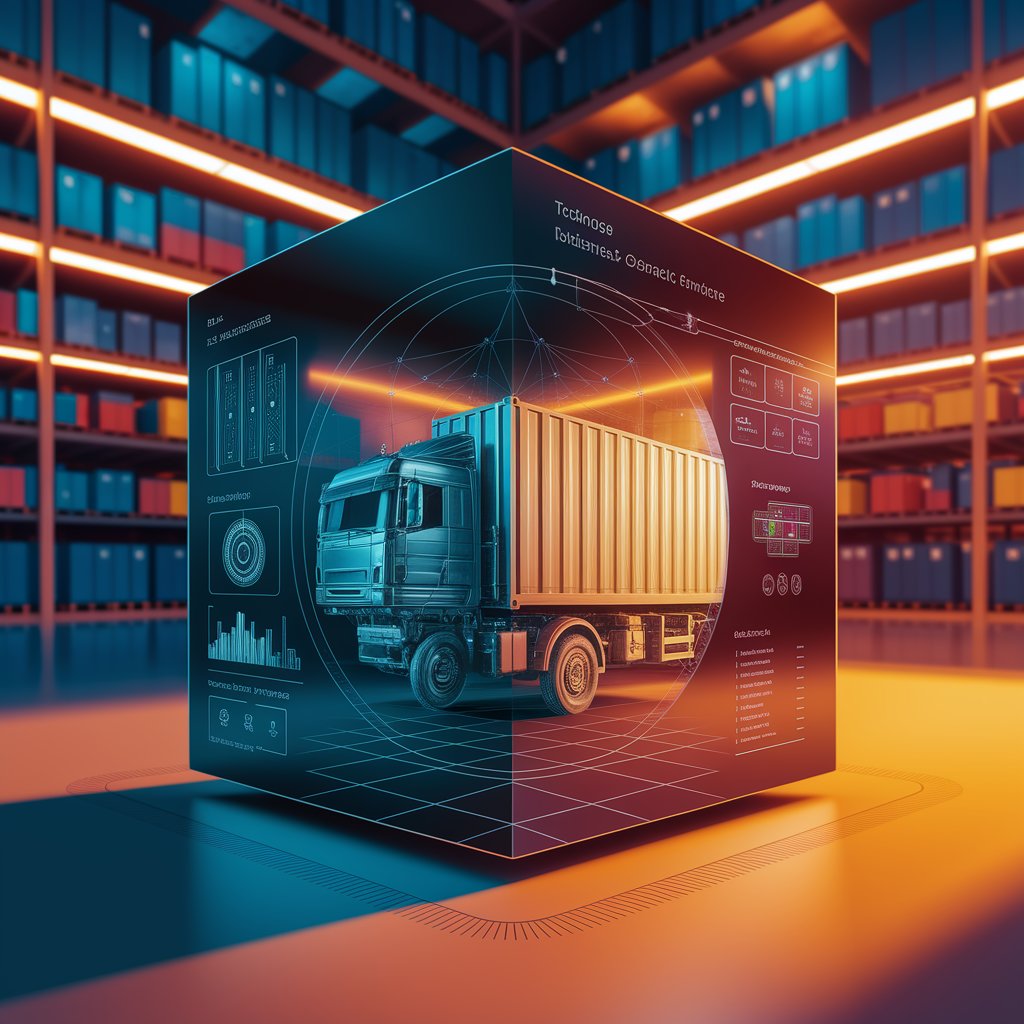Automated Load Balancing: Optimizing Freight Capacity Through Smart Logistics Automation

Introduction
That’s where automated load balancing from Linbis comes in.
By leveraging artificial intelligence, automation, and real-time analytics, Linbis distributes cargo intelligently across fleets and routes — ensuring every load, vehicle, and trip is used to its full potential.
Step 1: Centralized Freight Data Collection
Linbis begins by consolidating data from all logistics systems:
- Shipment details: weight, volume, dimensions, priority.
- Fleet data: vehicle types, capacity, and routes.
- Warehouse data: loading zones and dock availability.
- External data: fuel costs, distances, and traffic conditions.
This creates a complete digital view of your transport network, enabling the system to make data-driven load balancing decisions automatically.
Step 2: AI Load Optimization Engine
The core of Linbis’s automated load balancing is its AI optimization engine, which evaluates hundreds of variables in seconds:
- Assigns cargo to the most suitable trucks or containers.
- Maximizes space and weight distribution across the fleet.
- Minimizes empty miles and backhaul inefficiencies.
- Adapts to last-minute changes such as cancellations or delays.
This transforms logistics planning into a self-optimizing process that increases profitability and reliability.
Step 3: Dynamic Route and Load Adjustment
Static load planning doesn’t work in dynamic logistics.
Linbis continuously adjusts allocations in real time:
- If a shipment is delayed, loads are rebalanced automatically.
- When traffic or weather affects a route, the system redistributes cargo.
- AI predicts route performance and adjusts schedules accordingly.
- Load assignments sync automatically with TMS and carrier systems.
Every shipment moves through the most efficient path possible — in real time.

Step 4: Workflow Automation Integration
Linbis connects load balancing directly with its workflow automation tools:
- When a new order is booked, it’s assigned to the best vehicle automatically.
- When a truck reaches capacity, the system creates a new dispatch task.
- Drivers and dispatchers receive instant updates on optimized routes.
- Invoices and KPIs update automatically upon delivery.
This integration ensures operations stay seamless, coordinated, and error-free.
Step 5: Predictive Performance Insights
Automation isn’t only about execution — it’s about intelligence.
Linbis tracks performance data to improve future load distribution:
- Measures load efficiency percentage per trip.
- Identifies recurring underutilization trends.
- Predicts peak periods to pre-allocate capacity.
- Suggests new optimization strategies using AI insights.
The result: continuous efficiency gains through predictive logistics learning.
Step 6: Visualization and Control Dashboards
Linbis gives logistics teams full control with interactive dashboards:
- 3D load visualization showing how cargo fits in containers or vehicles.
- Utilization heatmaps by region, carrier, or warehouse.
- Route optimization overlays displaying time and cost savings.
- Performance analytics panels for load accuracy and efficiency.
Data becomes intuitive, visual, and actionable — not just numbers on a spreadsheet.
Step 7: Continuous Learning and Optimization
Each shipment teaches Linbis to perform better:
- AI models adjust to specific carriers, vehicle types, and regions.
- The system learns from historical delivery times and costs.
- Recommends policy changes for dispatch or warehousing efficiency.
- Evolves automatically to support larger fleets and global expansion.
Linbis becomes smarter with every shipment — ensuring ongoing optimization.

Advanced Features
- AI-powered dynamic load distribution.
- Automated route and capacity balancing.
- Real-time reallocation for delays or demand spikes.
- Predictive analytics for performance improvement.
- Visual dashboards and reporting automation.
Real-World Example 🚚
A 3PL provider in Chicago implemented Linbis automated load balancing across 60 trucks and multiple carriers.
After 3 months:
- Fleet utilization increased by 33%.
- Fuel consumption dropped by 17%.
- Delivery delays reduced by 28%.
- Planning time cut by 65%.
Their transport network now operates with precision, automation, and zero wasted space.

Benefits 📈
- Efficiency: Maximize truck and container capacity automatically.
- Cost Savings: Reduce fuel and labor through smarter allocation.
- Visibility: Monitor load and route performance in real time.
- Resilience: Adjust instantly to disruptions or last-minute orders.
- Scalability: Manage growing operations without added staff.
Conclusion
With automated load balancing, Linbis gives logistics providers the intelligence to optimize every shipment, route, and asset.
By combining AI, automation, and real-time data, Linbis ensures perfect balance between capacity, cost, and speed — all with zero manual intervention.
Because in modern logistics, success isn’t about moving more — it’s about moving efficiently.
